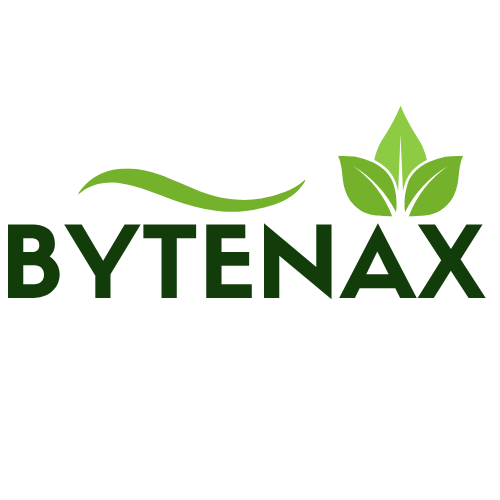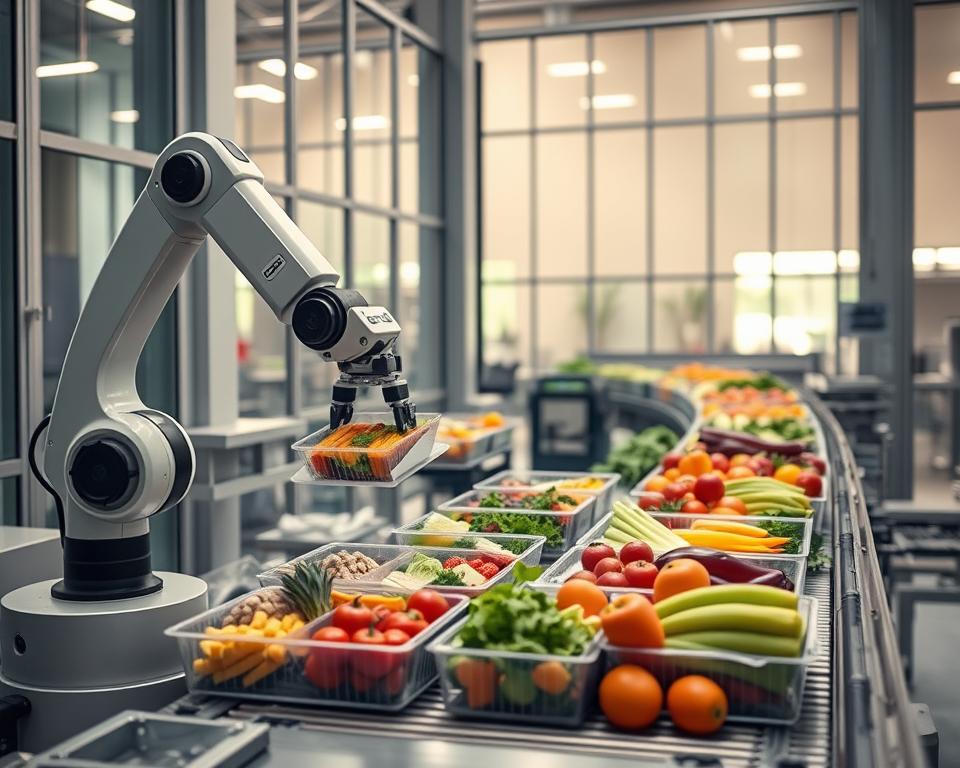إعلانات
foodtech success stories can teach you fast, practical lessons for today’s US market. Do you ever wonder which patterns cut risk and speed growth in this busy food world?
You’ll read examples grounded in reputable sources like Forward Fooding and recent industry reports. These insights connect cuisine, logistics, and brand storytelling to clear value for diners. You’ll see how food tech teams use data, design, and operations to shape menu timing, delivery, and customer touchpoints.
This short introduction sets expectations: real achievement now means resilient operations, credible sustainability steps, and honest strategy rather than hype. We’ll note growth signals, market year markers, and common challenges in supply chains and safety. Ahead, practical playbooks—cloud kitchens, hyper-local sourcing, vertical farming, better packaging—will help you explore food culture consciously and test ideas with lower risk.
Why These Foodtech Success Stories Matter in 2025
Understanding how early revenue, purpose, and capital interact helps you spot realistic opportunities in the food world. Forward Fooding’s FoodTech 500 data shows the sector raised €23.6B over ten years, with a sharp +278% funding jump from 2016–2018.
That dataset also found most companies were under five years old and many were pre-seed or seed. Yet nearly three-quarters already earned revenue, which means product-market fit can arrive fast when teams solve clear dining or supply problems.
إعلانات
What this means for you:
- Investors favor models tied to sustainability and the UN SDGs, so purpose boosts brand trust but does not replace solid unit economics.
- Early traction and transparent metrics help entrepreneurs win partnerships with suppliers and retailers.
- Growth surfaces practical challenges—logistics, safety, and differentiation—so focus your attention where risk is highest.
- Read stage, runway, and traction first.
- Use data to iterate and cut waste.
- Balance funding, focus, and values when you compare opportunities.
foodtech success stories: playbooks from delivery, retail, and vertical farming
Practical playbooks from delivery, retail, and controlled farms show what works in real markets. Below are short, actionable examples you can test in your own operation.

Zomato: Solve core dining frictions—discovery, menus, pricing, and ratings—in one product. Their humor-led brand voice raises engagement without relying only on discounts. Try mapping your users’ top three frictions and write notification copy that converts intent to orders.
إعلانات
Swiggy: Make one clear promise: fast delivery and low barriers. Their 30–40 minute, no-minimum pitch and a focused Snapchat channel lowered acquisition costs. Pick one channel, craft native creative, and match it to a realistic SLA your team can deliver.
BigBasket: Build local density. Partnering with 1,800+ stores and adding a delivery arm raised freshness and reliability. Audit last-mile routes, add micro-nodes, and keep pricing simple to encourage repeat behavior.
Vertical farms & Rebel Foods: AeroFarms and Bowery prove controlled environments standardize quality. Rebel Foods shows how cloud kitchens plus data can spin up multiple brands from one kitchen and cut cart abandonment with timely nudges.
- One promise, one channel, one advantage—repeat with discipline over years.
- For a practical playbook overview, read the new playbook for DTC food brands.
Alternative proteins and sustainable packaging shaping future food
New ingredients and packaging are reshaping how chefs, brands, and diners imagine future food.
Perfect Day shows a simple model: replace animal proteins with fermentation-derived ones and keep familiar taste. Their collaboration with Smitten Ice Cream proves you can test animal-free dairy in limited runs to measure demand without a full portfolio overhaul.
Perfect Day: animal-free dairy proteins powering collaborations
نصيحة عملية: pilot co-branded items with one partner. Gather fast feedback on flavor, texture, and logistics.
Aleph Farms: cultivated meat with a clear, long-term vision
Aleph Farms maps a stepwise path toward commercialization and aims to be a leading food tech company by 2040. For your team, that means set milestones, work with regulators early, and use chefs to introduce diners to new textures.
TIPA and Notpla: packaging with end-of-life in mind
TIPA and Notpla design for compostability and seaweed-based films. Evaluate real-world disposal routes where you operate and choose packaging that matches local waste systems.
Signals from the FoodTech 500: purpose, early traction, and funding
The FoodTech 500 data shows rapid funding growth and many young companies already earning revenue. Use those signals—purposeful goals, early revenue, and focused funding—to tell a credible growth story without overclaiming.
- Pilot products to learn taste, texture, and logistics.
- Partner globally, adapt locally, and keep labels transparent.
- Document sustainability progress plainly; avoid health promises.
خاتمة
Move from insight to action by choosing one clear promise—speed, freshness, or voice—and proving it locally this year.
How to apply these lessons with focus and integrity
Start small: run a short pilot that tests a single strategy your team can execute well. Use data and customer feedback to refine the process.
Be honest about limits: document the challenges you face—safety, last mile, or demand swings—and turn them into a practical roadmap rather than big claims.
Partner with complementary companies—vertical farms, packaging innovators, or kitchen platforms—to fill gaps. Explore food culture consciously, support responsible producers, and consult qualified professionals for any health questions.



